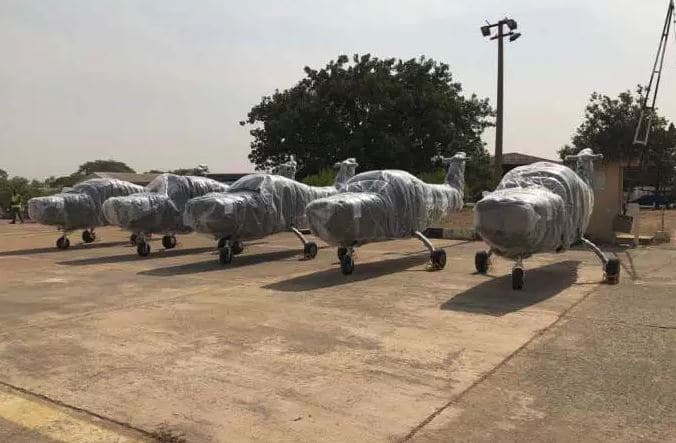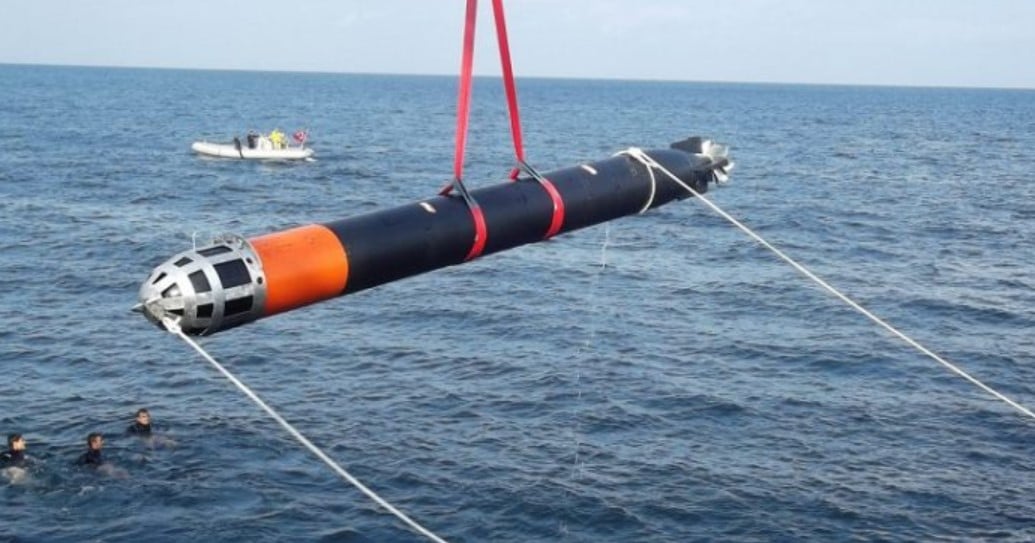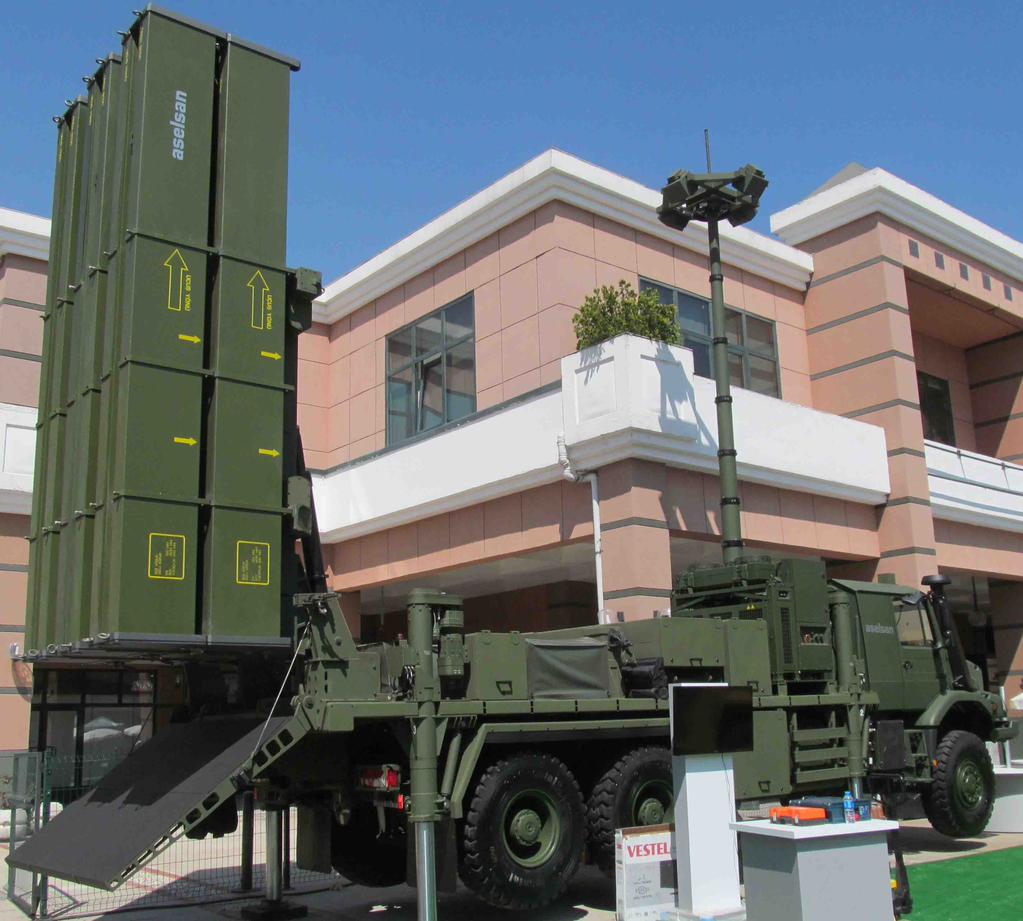2419Views 8Comments

Nigeria receives second batch of Super Mushshak trainers from Pakistan
The Nigerian Air Force (NAF) announced that it took delivery of its second – and final – batch of Super Mushshak trainers from Pakistan Aeronautical Complex (PAC) on January 14, 2018.
Delivered by an IL-76 aircraft on Sunday morning at NAF Base Kaduna, the consignment comprised of five aircraft – totaling the NAF Super Mushshak fleet to 10.
Nigeria ordered the aircraft in June 2016 along with a training package which had seen Pakistan Air Force (PAF) instructors join the NAF’s 310 Flying Training School to train NAF instructors for the platform.
In December 2016, PAC had also sent four surplus Super Mushshak trainers to the NAF, enabling NAF air and ground-crews to get acclimated to the platform prior to the delivery of new aircraft. Nigeria returned these aircraft upon receiving its batch of new-built trainers.
Deliveries of the new-built NAF Super Mushshak trainers began on July 2017 with a batch of five aircraft. The final batch will undergo assembly by a joint-NAF and PAF team, after which it will undergo test flights and subsequently formal induction with the NAF.
The Super Mushshak is an upgraded variant of the Saab MFI-17 Supporter. PAC became the manufacturer of the platform in 1983 when its original equipment manufacturer (OEM), Malmö Flygindustri, had ceased the production and support for the aircraft in 1982.
In 2002, PAC introduced the Super Mushshak, which incorporated a glass cockpit, Lycoming IO 540-V4A5 260 hp piston engine and Hartzell two-blade, fixed-pitch aluminium propeller. The Super Mushshak has a best cruising speed of 230 km/h, service ceiling of 18,000 ft and endurance of 5.5 hours. Alongside Nigeria, other recent Super Mushshak customers include Qatar and Azerbaijan.
Notes & Comments:
Nigeria has emerged as the leading overseas customer of PAC. In addition to the 10 Super Mushshak, the NAF also has three JF-17 Thunder multi-role fighters on order. In its federal budget proposal for 2018, the Nigerian government allocated the equivalent of $36 million U.S. as a partial payment, adding to the $13.9 million it had allocated for 2017. The JF-17 will be among the platforms contributing to the NAF’s objective of raising assets for “counter air, counter surface, air ops for strategic effect and air support operations.”
Nigeria is also expected to ink a letter-of-acceptance for 12 Sierra Nevada Corporation A-29 Super Tucano close air support (CAS) aircraft. Although the $593 million U.S. deal is not of direct relevance to PAC, it is worth noting that PAC has also been modifying the Super Mushshak for the CAS role, specifically in terms of counter-terrorism (CT) and counterinsurgency (COIN). Of the aircraft shown with munitions, there was a Super Mushshak with NAF roundels, indicating that the COIN/CT configuration of the Super Mushshak may make its way to the NAF. While of questionable combat utility (due to the relatively under-powered piston engine), the modified Super Mushshak could be a valuable training asset for COIN/CT air operations. It could enable NAF train for conducting laser-guided bomb strikes, spurring both acclimated aircrews and capable ground specialists, such as forward air controllers. This would connect with the NAF’s pending A-29 Super Tucano acquisition from the U.S. and Brazil.



8 Comments
by Hashim Rasheed
PAC should be making the required structural changes to the K-8 to compete with aircraft like the Super Tucano and Archangel. There is a growing demand of these aircraft and the PAC is losing out on potential revenue and customers by not customizing the K-8 for this COIN/CAS.
by Nasir
This is a great News. If Pakistan has to buy expensive stuff from outside. This is the only acceptable way to fund it. I am glad.
I also would like to see Pakistan selling these planes in the civilian market. There is a lot of demand for aerobatic planes for hobbyists in US. People have to make good performers from kits.
I recall that Mushak was so stable that they had to sweep forward the wings to make it more unstable. If they can somehow add some carbon fiber to the same platform, perhaps give a few options on the the engines, and provide dealership support for maintenance. They can sell a lot of these planes in the US. Ex fighter pilots, astronauts, others who are interested in local competitions do not like the options which are flown by yolks. They will eat it up.
Also, a little change to the same air frame can make the same planes very attractive for people who commute from city to city. Mushak is still a slower plane than moody which is pretty fast. So options with more stable aerodynamics configurations an a longer body for carrying two more people will be a welcome breakthrough in the US.
Defense industry which also provides civilian use equipment usually have a much rosier out look, they gather more experience, and the bottom lines are rosier.
Sincerely,
Nasir
by Kamran Ahmad
Do people remember the Augusta submarine deal. This included technology transfer! To date not a SINGLE new boat has been built other than the original contracted for! Please someone explain why the hell we paid huge amount for technology transfer if we were never going to use it? We should build SIX new Augusta subs that have nuclear cruse missile launch capability and acquire FOUR Submarine Launched Ballistic Missiles subs from China. Using only Cruise missiles as our 2nd strike capability is utter stupidity. We need SLBM capability for long range strategic strikes.
by Bilal Khan
In the case of the Agosta 90B the term “ToT” needs to be taken with a lot of context. KSEW had manufactured one boat (PNS Hamza) under the program, which relied on DCNS to supply materiel kits of key components, materials, etc.
by Nasir
K-8 air frame is fundamentally different from that of a Super Tucano, which is meant to fly at lower speeds. The aerodynamic is all different and cannot be changed to just mate a turbofan engine. The loading, the speed, the location of fuel tanks, the distribution of weight, the diameter and length of the plane, the location and configuration of the wings, and a host of other aerodynamic characteristics is completely different.
Other than basic expertise to build airframes, test them, and make changes to them, which is nothing to sneeze at the k-8 does not lend itself to such a drastic role change. Pakistan will have to go back to the drawing board for this for an all new plane.
I think they are better of modifying Mushaks and JF-17s to acquire skill, technology, and resulting experience which is necessary to start on on a fresh plane.
I am not sure starting on a third completely new airplane is going to be easy or feasible, or even affordable.
I think the end of manned planes for COIN operation is nearing its end, it will be best to anticipate and develop UAVs instead.
Sincerely,
Nasir
by Sohaib Bin Noor
Proud to be a Pakistani..
by Kamran Ahmad
So it means the whole Agosta 90B deal wasn’t as fruitful as the British offer of subs would have been. Any news of SLBM programs in progress, if at all?
by Bilal Khan
No SLBM (that I’m aware of). The Pakistan Navy’s strategic leg is being implemented through long-range cruise missiles.